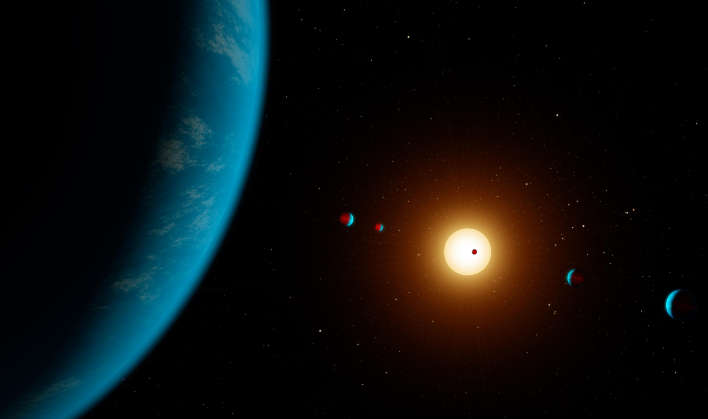NASA's Deep Learning AI Discovers 301 Planets Hiding In Plain Sight That Humans Missed

NASA scientists, astronomers and researchers are always on the lookout for new exoplanets that may exist. Up until now the job of finding them has been placed mostly on the eyes of those looking. But now NASA has implemented a new way of searching for these exoplanets and it involves using AI and machine learning methods that automatically learn and task when provided with enough data.
ExoMiner takes advantage of NASA's Pleiades supercomputer. It can tell the difference between an actual exoplanet and what is not an exoplanet, or "false positives." It does this by taking the data from past confirmed exoplanets and data from false positive cases. What would take a human a large amount of time to look over enormous data sets, ExoMiner can achieve in a fraction of the time.
But what is a an exoplanet? Essentially an exoplanet is any planet that exists outside our own solar system. NASA spends time discovering and researching these planets in order to examine how planets form and what makes them different from our own humble rock (Earth). Some of these exoplanets orbit a star like Earth does, while others are just sunless wanderers.
The team at Ames recently submitted a paper that was accepted in The Astrophysical Journal that explains how ExoMiner was able to discover the 301 exoplanets. ExoMiner used data from the all the remaining set of possible planets, or candidates, in the Kepler Archive. Even though all 301 planets that were validated by ExoMiner had been originally detected by the Kepler Science Operations Center pipeline and had been promoted to candidate status, it was not until ExoMiner that anyone was able to validate them as actual planets beyond the bounds of our solar system.

There is more data coming that will be added to ExoMiner's already huge dataset. Those will include missions using transit photometry as with NASA's Transiting Exoplanet Survey Satellite (TESS) and the European Space Agency's upcoming PLAnetary Transits and Oscillations of stars (PLATO) mission. As Valizadegan added, "Now that we've trained ExoMiner using Kepler data, with a little fine-tuning, we can transfer that learning to other missions, including TESS, which we're currently working on. There's room to grow."

